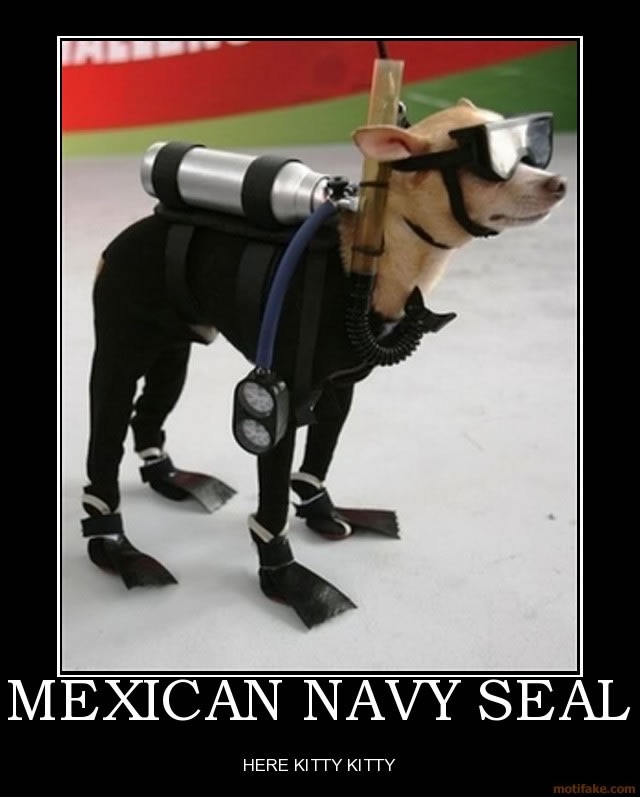Page Two - The First Morning At Sea

Time to eat so the older folks make a quick pre-breakfast so we can watch the ship go into the Mexican port!

Keeping the boys away from this area was not easy!

We helped Eddie find a topless chick

Early in the morning The Chartier's and Liles' roamed the deck and searched the horizon for sea monsters (or loose grandchildren!)

A distinctive funnel
Did You Know? - A funnel is the smokestack or chimney on a ship used to expel boiler steam and smoke or engine exhaust. They can also be known in as stacks. The primary purpose of a ship's funnel(s) is to lift the exhaust gases clear of the deck, in order not to foul the ship's structure or decks, and to avoid impairing the ability of the crew to carry out their duties. In steam ships the funnels also served to help induce a convection draught through the boilers.
The required funnel cross-sectional area is determined by the volume of exhaust gases produced by the propulsion plant. Often this area is too great for a single funnel. Early steam vessels needed multiple funnels (SS Great Eastern had 5 when launched), but as efficiency increased new machinery needed fewer funnels.

Alyce! You are from Connecticut for pete's sake... This is NOT cold!


This is NO the adult pool... However it did look like a load of fun! Maybe after a few beers??

The sunrise was spectacular... like the sky was on fire! We were sailing directly into the sun.




The old man of the sea supervising the arrival and awaiting for the rest of the gang to arrive on deck!


Beware of the Mexican Navy....


Grandma Sue is on the move with her cup of coffee and constant smle!

The goofies are out and at them... Wonder what his girl friend would say in about ten years?

We got some serious visiting time while the cruise was underway! No bother with meals, entertainment... Just time to relax and have a good time!

He thought he could stay up ALL NIGHT... Un huh! They missed most of Saturday catching up on sleep! Oh, their stateroom (we had the boys in an inside cabin across from the grandparents) was full with pizza's and cokes they had been ordering from room service all night long!

Pete and Grandma Sue having a more leisurely meal...

Jeanette and Mitch woofing it down before the day begins in earnest!

He must have spotted a girl! This did happen every few minutes throughout the voyage!
Time To Explore The Ship
We Have Arrived In Mexico
And What Is The First Thing You Do In Mexico? Take A Bath!!

Aunt Edith was funny... Never could tell what she might say or do next! She was a delightful addition to the family adventure!
The SS Catalina Lies In Ensenada Harbor Awaiting Rescue
Did You Know? - The SS Catalina! This historic steamship, known as the "Great White Steamer," was built by Santa Catalina Island owner and chewing gum magnate William Wrigley in 1924 at a cost of one million dollars. She was used to elegantly transport passengers to the island of Catalina from the mainland.
From the time of her maiden voyage in 1924 to her retirement in 1975, she ferried over 2.4 million people to and from Avalon Bay on Catalina Island. During World War II, the SS Catalina did her part by being used in San Francisco Bay to transport a total of 820,199 troops, more than any other Army Transport throughout the war. On September 1st, 1976 the Great White Steamer was bestowed the honor of being placed on the National Register of Historic Places (reference#: 76000495).
She is also registered as California State Historical Landmark No. 894 and as the City of Los Angeles Historical Cultural Monument No. 213. In 1977 the Catalina was sold to a private party, and her troubles began. She was taken to Ensenada, Mexico about 17 years ago. She began slowly sinking towards the end of 1997 and, as a result of 1998's El Niño season, is now partially submerged, listing 15 degrees to her port side, in the Port of Ensenada. Divers have inspected the damage, and the Catalina can be repaired and refloated.
Update: Alas, it was finally scrapped!
Port of Ensenada
Ensenada is the third-largest city in the Mexican state of Baja California. It is located 116 km (about 70 miles) south of Tijuana, at 31°47′N, 116°36′W. The city had a 2005 census population of 260,075. Ensenada is also the municipal seat of Ensenada Municipality, one of the five into which the state is divided. Ensenada is locally referred as La Bella Cenicienta del Pacífico (The Cinderella of the Pacific). The city is home to immigrants from other parts of Mexico and from all around the world.
Located in the Bahía de Todos Santos — an inlet of the Pacific Ocean — Ensenada is an important commercial and fishing port as well as a cruise ship stop. There is also a navy base, an army base and a military airfield, which functions as an airport of entry into Mexico.
The city is backed by small mountain ranges. Due to its location on the Pacific Ocean and Mediterranean latitude, the weather tends to be mild year-round. Although the winter rain season is short and the area is prone to prolonged droughts, Ensenada sits in the heart of a wine country that is widely regarded as the best in Mexico. It is said that the first vitis vinifera made it to the peninsula (specifically to the San Ignacio Mission) in 1703, when Jesuit Padre Juan de Ugarte planted the first vineyards there.























